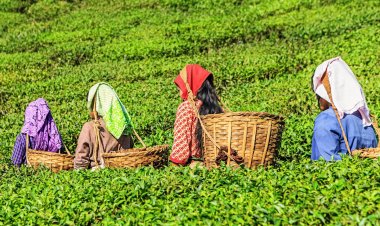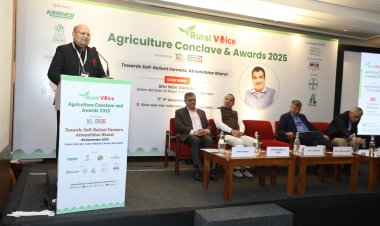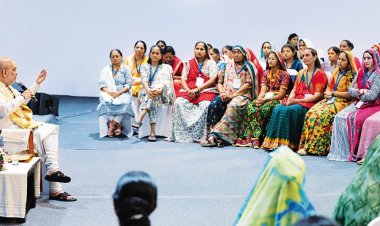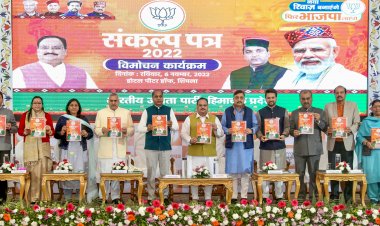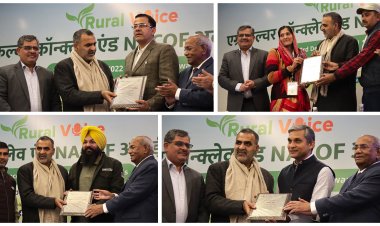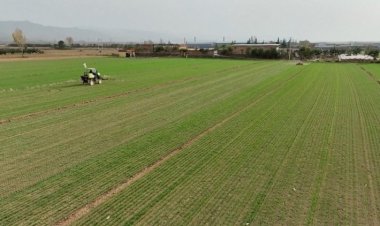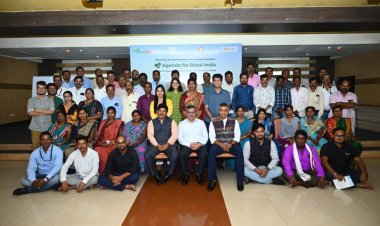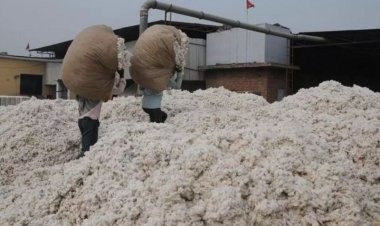Feasibility of 20pc ethanol blending in petrol by 2025-26 doubtful: Arcus report
The report states that to achieve the target of E20, the government has estimated a domestic requirement of 13.5 billion liters of ethanol annually by 2025-26. Out of this, 10.16 billion liters of ethanol i.e., 75 per cent will be required for blending in petrol. The remaining 3.34 billion liters is needed for other needs. In the estimate made by the government for this, it has been said that 5.5 billion liters of ethanol will be supplied from the sugar industry and 4.66 billion liters from food grains for blending in petrol. In cereals, 2.33 billion liters will be supplied from maize and the remaining 2.33 billion liters from paddy (FCI and open market).
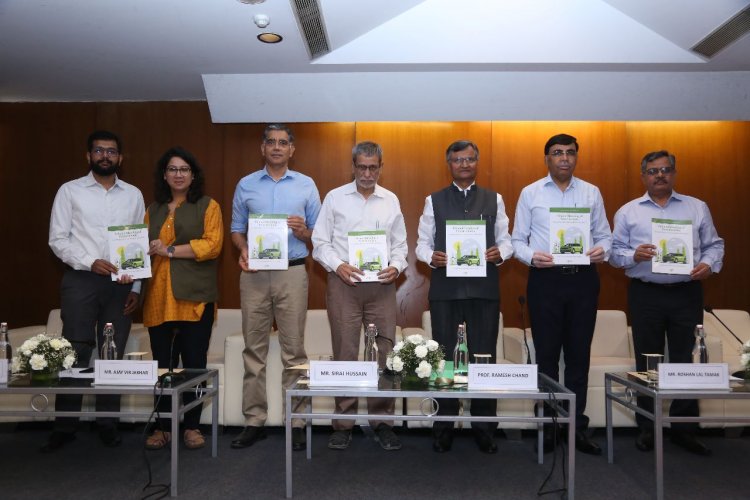
The target of 20 per cent blending of ethanol in petrol looks almost impossible to meet on time. To reduce import dependence on crude oil and pollution from vehicles, the government has set a target of E20, under which 20 per cent ethanol will be sold mixed with petrol by the year 2025-26. A recent report titled “Ethanol Blending of Petrol in India: An Assessment of Raw Material Availability” by Arcus Policy Research has raised apprehensions that the E20 target will be achieved on time. It's hard to do, it says.
The report states that to achieve the target of E20, the government has estimated a domestic requirement of 13.5 billion liters of ethanol annually by 2025-26. Out of this, 10.16 billion liters of ethanol i.e., 75 per cent will be required for blending in petrol. The remaining 3.34 billion liters is needed for other needs. In the estimate made by the government for this, it has been said that 5.5 billion liters of ethanol will be supplied from the sugar industry and 4.66 billion liters from food grains for blending in petrol. In cereals, 2.33 billion liters will be supplied from maize and the remaining 2.33 billion liters from paddy (FCI and open market).
While the demand for ethanol for other needs, including industry, will be met through import and purchase of grains from the open market, apart from domestic production.
Questioning the same estimate of the government in the report, it has been said that sugarcane is the most important crop for making ethanol. But factors such as climate change, water use challenges and international sugar prices could hinder the role of sugarcane in achieving the E20 target. Also, there is a shortage of maize in the country without additional demand for ethanol. Pressure from higher demand from the alcoholic beverage industry, poultry and starch sectors is likely to create competition for corn with ethanol producers. In addition, price parity between crops and yield fluctuations and maintaining and expanding maize acreage will face major challenges.
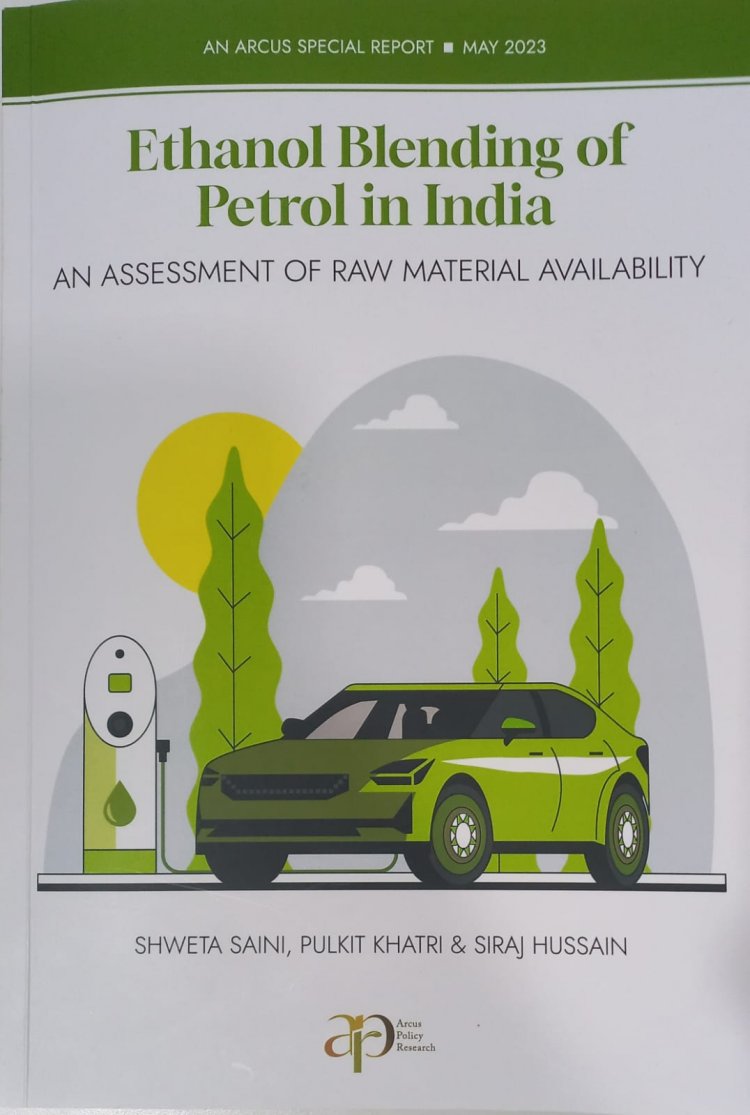
The report notes that as far as making ethanol from paddy is concerned, first it has to be decided whether rice is needed more for food or for fuel. In 2022, FCI had given about 10 lakh tonnes of rice to distillers on subsidy to make ethanol. But there is no guarantee that FCI rice will always be available to distilleries in the long run. So, they have to buy rice from the open market where they have to compete with the alcoholic beverage industry which is heavily dependent on open market purchases. Apart from this, there is also the threat of erratic rains, drought and rising temperatures.
On the occasion of releasing the report, NITI Aayog member Prof. Ramesh Chand said that as far as the policy report of NITI Aayog on blending of ethanol in petrol is concerned, it is not a report of NITI Aayog. It is the report of the Committee of Officers appointed by the Cabinet Secretary. "That's why NITI Aayog neither supports nor rejects that report," he said.
He said that as far as blending of ethanol in the country is concerned, the reason behind the introduction of this biofuel was to find alternatives for additional production in the country. For example, instead of difficulty arising due to excess sugar production, the excess sugar should be used in ethanol production and mixed with petrol. But a roadmap is yet to be firmed up regarding ethanol blending. According to him, as far as making ethanol from food grains is concerned, on the basis of priority, the first priority is food, then feed (fodder) and in third place comes the production of ethanol.
Regarding ethanol production from maize, he said that we need to increase the productivity in the country for additional maize. At present, the global average productivity of maize is six tonnes, while our country's average is about three tonnes. Chand said, "If we take the productivity of maize in the country to the global average, then the possibilities of using it in ethanol will be much better."
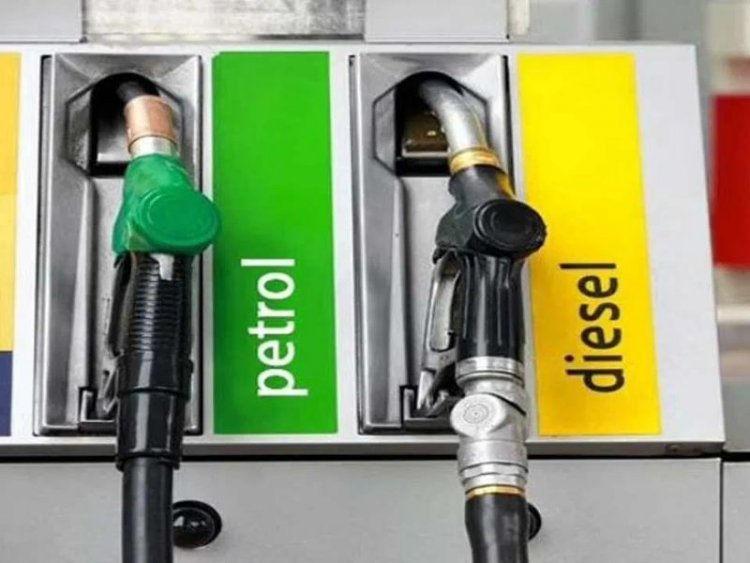
On the report estimating the production of sugarcane, rice and maize in 7.1 million hectares of land for 20 per cent ethanol requirement, he said, "We should consider the use of non-agriculture land for biofuel. Its availability is vast." Along with this, he said, "We also have to look at the issues related to nutrition, climate change and economic conditions." He said that there is a need to understand the technology side regarding ethanol production - whether new technology gives new options for ethanol production in which use of Agri waste is possible.
Several important suggestions have been made in the report stating the need for policy changes to increase the production and availability of ethanol. The report, prepared by Shweta Saini, Pulkit Khatri and Siraj Hussain, favours policy change includes land planning and reclamation of fallow land, increasing availability of water for fuel, adding to farmers' income, and other alternative sources like jowar, millet and ragi for ethanol production.
It suggests use of crops and agricultural waste, stalks, stubble etc. Apart from this, suggestions like focusing on increasing investment in production, collecting local data and re-thinking the blending target have been given in the report.



 Join the RuralVoice whatsapp group
Join the RuralVoice whatsapp group

















